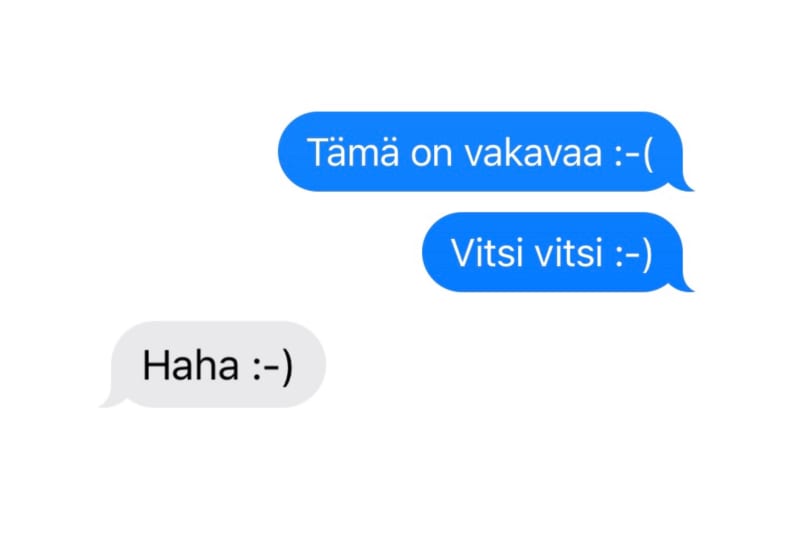Scott Fahlman, the inventor of the emoji, sends a greeting to Finns who still use emoticons instead of emojis.
– The original goal was to find an easy way to say “I’m joking” or “I’m serious” in the title of an email. I believe we have achieved this goal.
Fahlman celebrates a special day today, Monday, as he first suggested the use of the common 🙂 and 🙁 smiley faces 40 years ago. He originally wanted to introduce them to reduce misunderstandings, but they have since been used to express joy and sadness.
He explains that the anniversary will be celebrated at the Carnagie Mellon campus, where you can buy, among other things, smiley-themed shirts and cookies.
– There will also be a lot of autographs and group photos with the students, says Fahlman.
“I’m not the biggest fan of emojis”
Fahlman could not have expected how the world of communication would change in 40 years.
Emotions are conveyed in the form of text today, perhaps more than ever. Social media and many forms of communication have brought important people to us on our smartphone screens, just a few taps away.
In the 2000s, emoticons first became mainstream, then emojis. For example, there are many different options for conveying a smile among the large selection of emojis.
– I’m not the biggest fan of graphic emojis and I rarely use them myself. I think the earliest of them, the yellow smiling faces, are actually quite ugly, says Fahlman.
The emoji selection currently includes more than 3,000 options. With smileys and emoticons, it is also possible to express other emotional states than joking or seriousness, not to mention joy or sadness.
– However, emoticons and emojis are not a full-fledged language, so we also need words, Fahlman states.
The smiley face could make a comeback, predicts an emoji expert
Currently working as a senior copy writer at the advertising agency Duran Creative, Puustinen has noticed that emojis are an absolute part of the text just like other signs.
– It seems that even five years ago there was still a threshold for using emojis in e.g. work e-mails, advertisements or newsletters. Now the threshold has been removed and anyone who uses emojis can be a proper and credible person, says Puustinen.
He says that emoji and emoticon trends go in waves. For example, if young people use emojis, they often do not choose the most obvious option, but use their own interpretation of them.
– If millennials are the generation of emojis and yellow smiley faces, then Generation Z can be the generation of classic smiley users.
Puustinen predicts that the 40-year-old emoticon made up of punctuation marks will make a comeback. He has noticed that many people think that it often conveys a more genuine tone to the message.
However, the interpretation of the tone is always up to the receiver. Puustinen has also come across the fact that, for example, a normal, smiling emoji can in some contexts be interpreted as passive-aggressive or joking.
– No communication ever works 100% clearly, he says.
“Greetings to the reindeer”
Smiley’s father Fahlman sends greetings to the reindeer in Finland by e-mail.
In addition, he says that he has developed two new emoticons for the pandemic period. The joking and serious face seems to be wearing the respirators familiar from the corona era.

